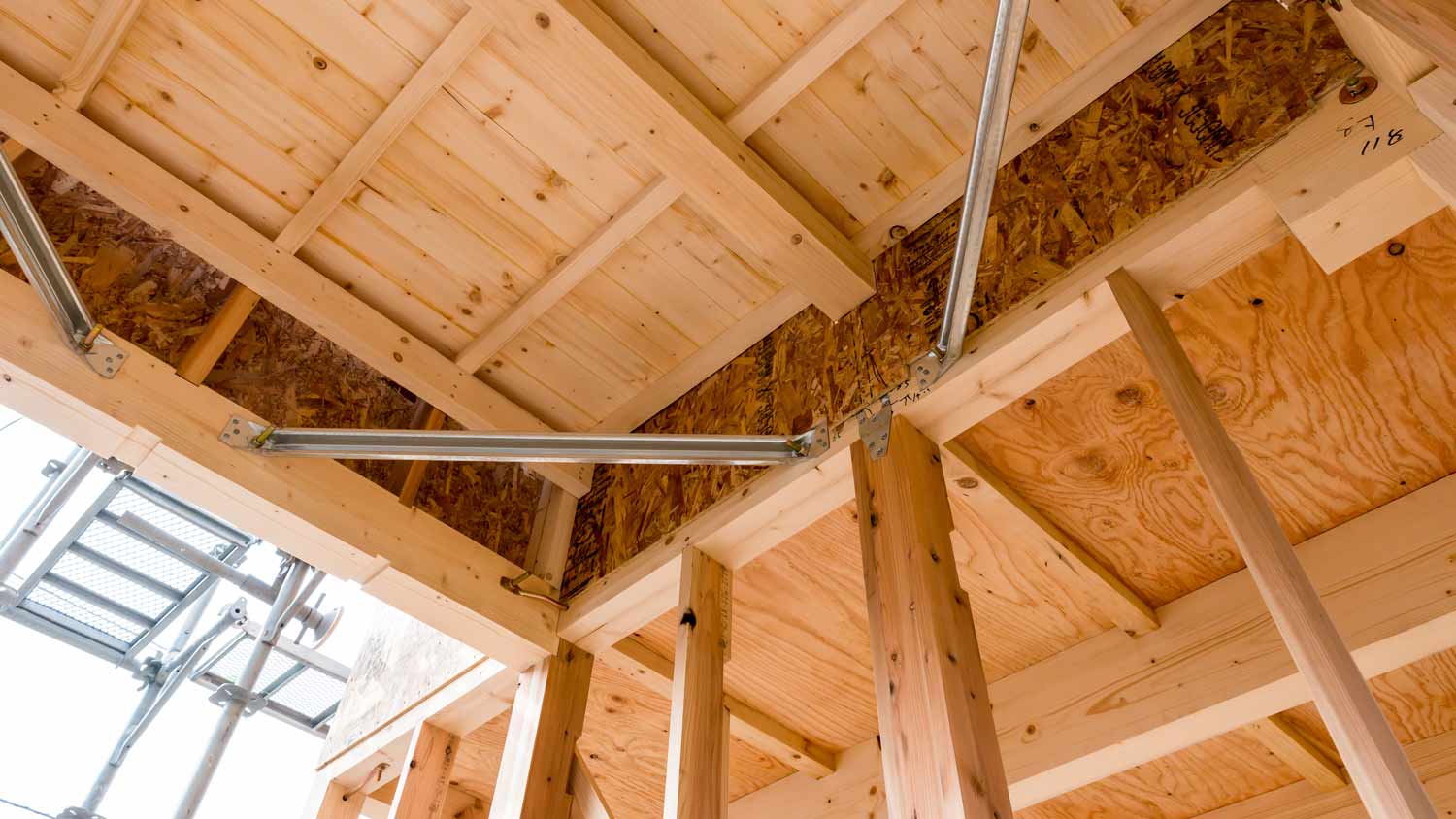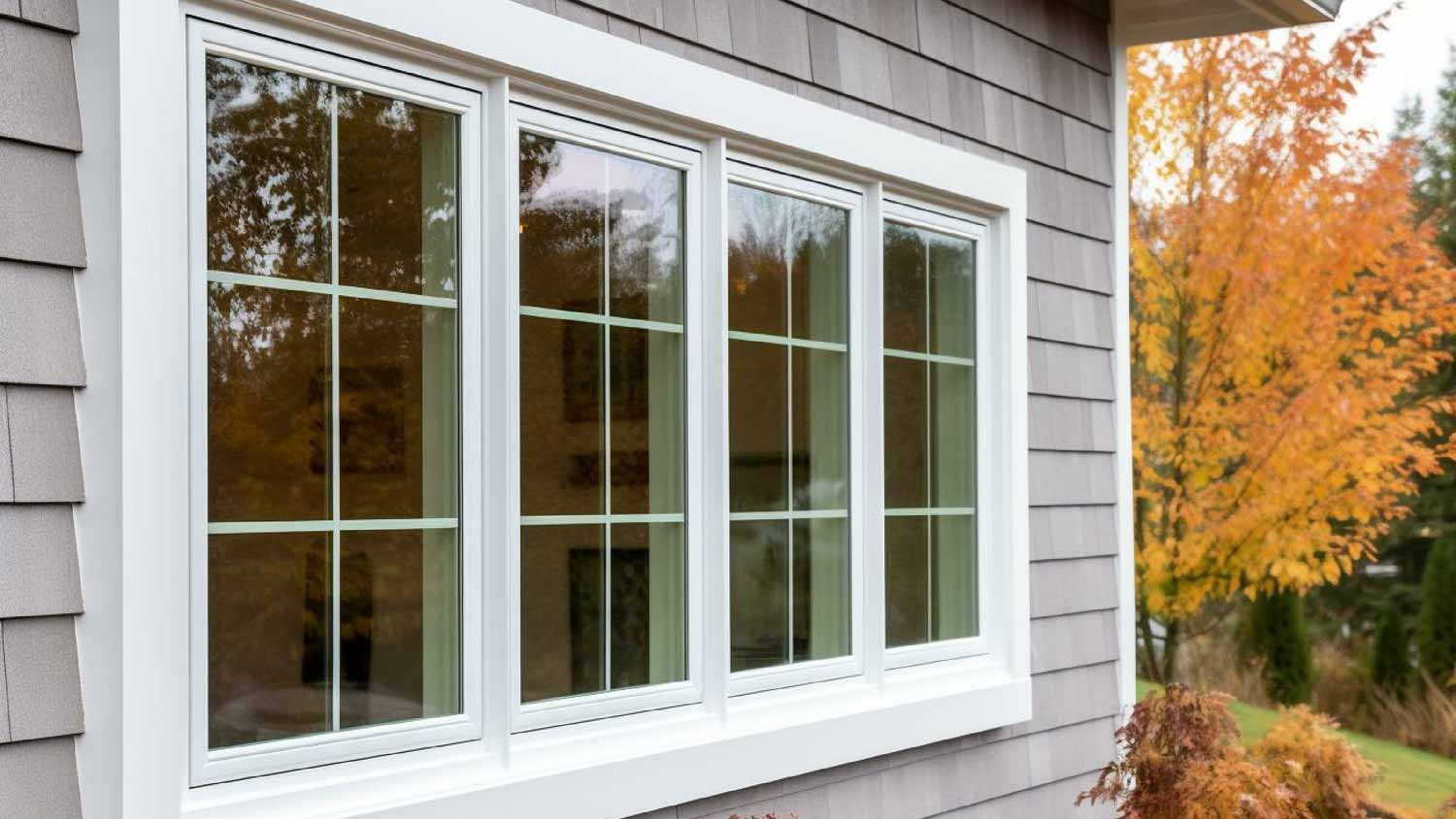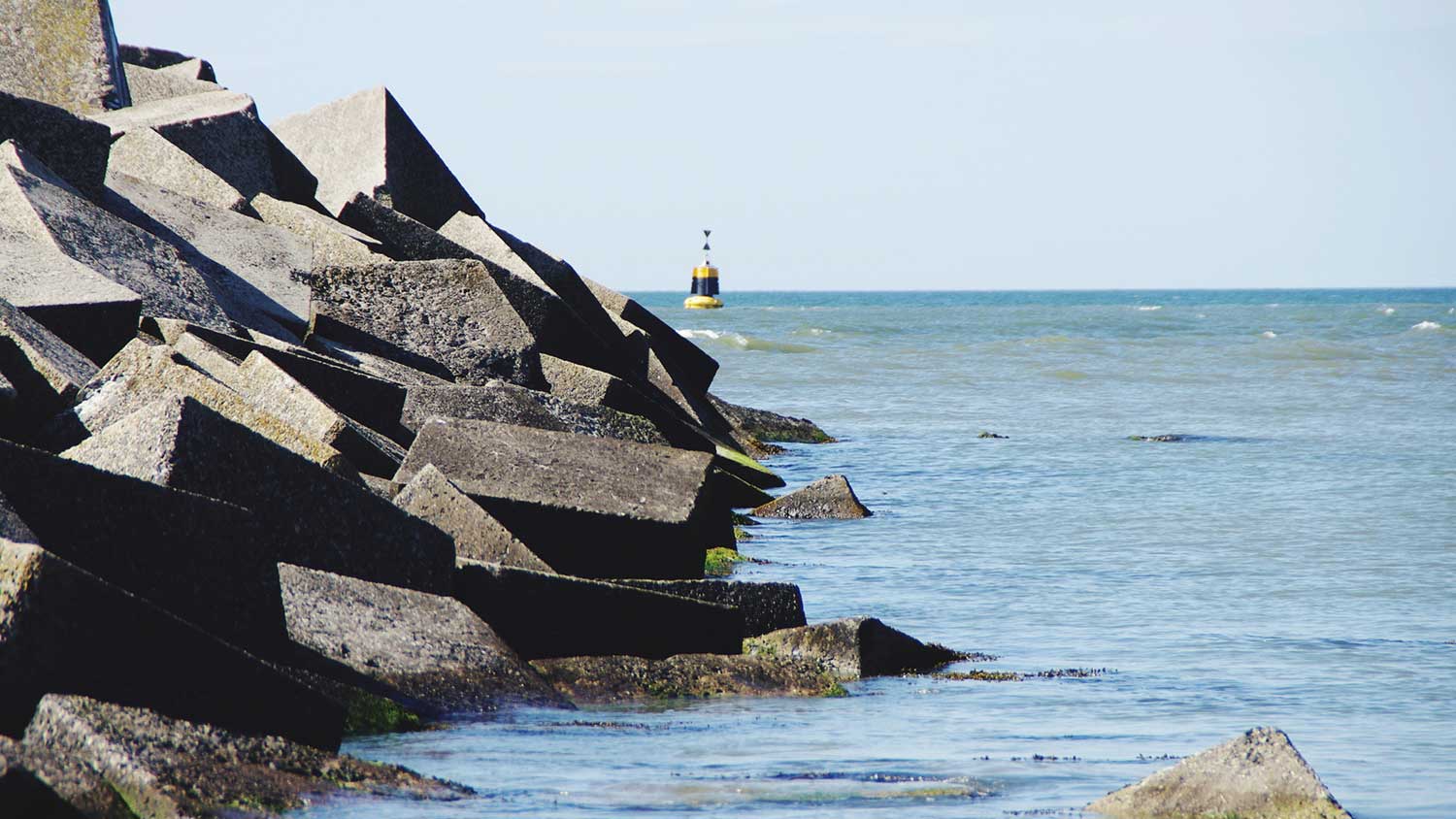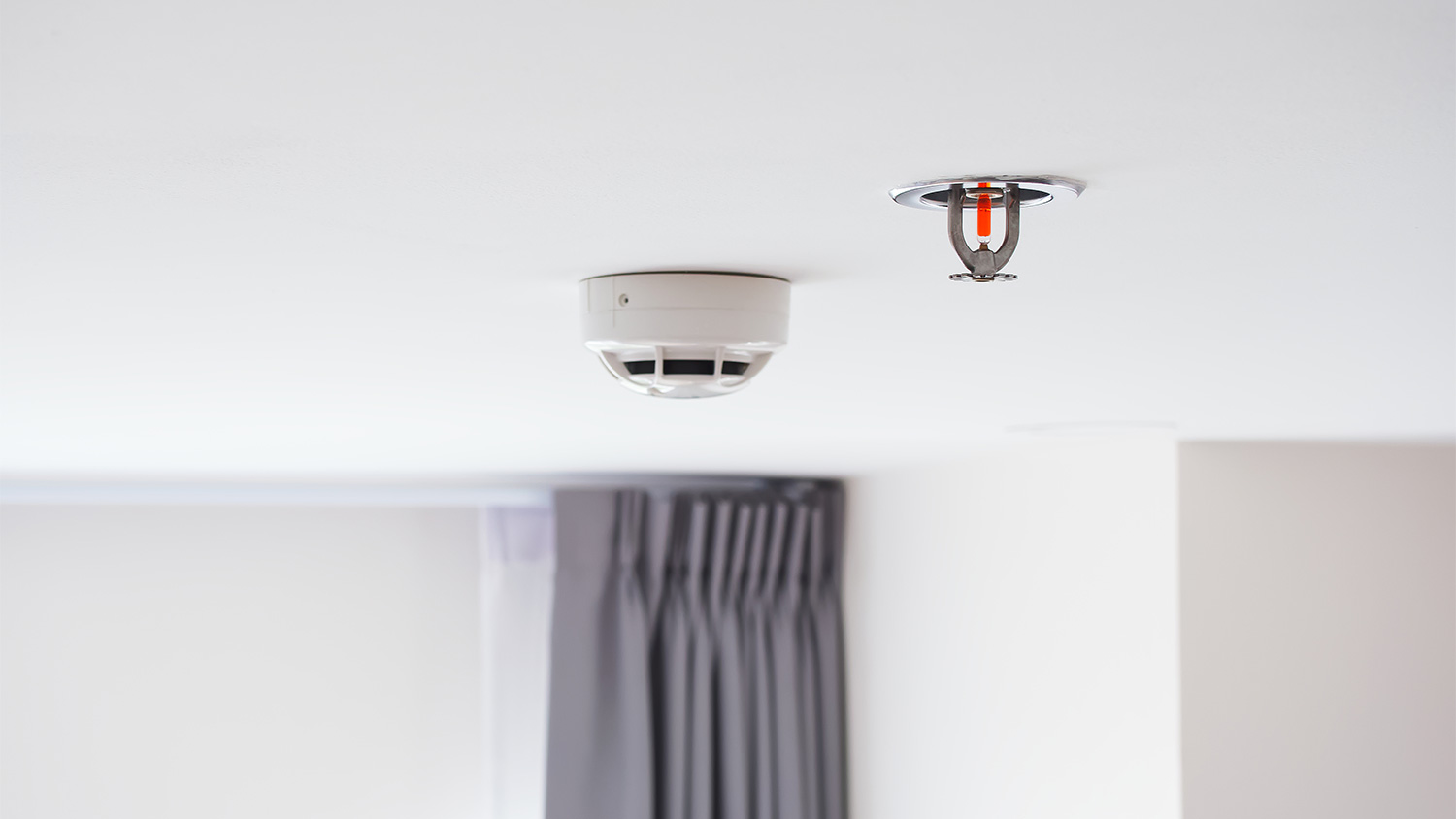
If you need luxury or enhanced accessibility in your life, explore how much a home elevator costs with this all-encompassing guide.
Hire a seismic retrofitting company or engineer to update your home to current codes


Earthquake retrofitting strengthens an existing home to meet current building codes so it better resists earthquake damage and reduces safety risks during seismic events.
Qualified pros follow updated building-code guidance and established standards for evaluations and repairs, helping you avoid noncompliant work and costly re-dos later.
DIY is not recommended—retrofits require permits, inspections, specialized tools, and adherence to technical standards that trained pros handle every day.
Pros can outline timelines, provide project estimates, and advise whether grants or other funding may be available to offset some costs.
Choose a contractor or engineer experienced in FEMA and ASCE processes who can coordinate both structural and non-structural work.
This article was created using automation technology and thoroughly fact-checked and edited by HomeAdvisor Editor Ryan Noonan.
When deciding who to hire for earthquake retrofitting, choose a contractor or engineer with seismic experience who follows current building codes and established standards. These pros complete FEMA and ASCE evaluations, adhere to the International Residential Code and local codes, and manage both structural and non-structural elements.
Retrofitting requires permits and inspections. A qualified professional handles planning and execution so the work is compliant, coordinated, and effective.
Hiring a qualified seismic retrofitting company keeps your project aligned with current guidance, even where local codes lag. These pros provide realistic timelines and estimates and may advise on grants or other funding. An architect and structural engineer can also help ensure the work supports your home’s design and structural integrity.
Reasons to hire this pro:
Follows updated IBC and IRC guidance
Performs FEMA 154 visual hazard screenings
Uses ASCE/SEI 31-03 and 41-06 standards
Plans both structural and non-structural retrofits
Provides project timeline and cost estimate
Advises on grants or funding opportunities
Coordinates tasks like wall bracing and bolting
Ensures compliance with local building codes
Aligns retrofits with the home’s overall design
A local foundation repair company can reinforce a building’s foundation as part of seismic work. However, full retrofits often include other tasks, such as bracing crawl space walls, reinforcing garage walls or chimneys, and installing an automatic gas shut-off valve. Those jobs may require a mason, a general contractor, or a gas company.
If your project involves complex foundation work or multiple structural upgrades, you might want to consider a foundation repair company near you to ensure the job is done safely and meets all code requirements.
For multi-scope projects, hiring a seismic retrofitting contractor who brings in needed subcontractors keeps scheduling, permitting, and inspections coordinated and efficient.
Pros follow a structured process that starts with comprehensive evaluations and ends with targeted upgrades that improve safety and resilience.
Conduct a Rapid Visual Screening for potential seismic hazards following FEMA 154.
Complete a Seismic Evaluation of the building using ASCE/SEI 31-03.
Follow Seismic Rehabilitation standards in ASCE/SEI 41-06, along with the IRC and local building codes.
Address non-structural risks by applying FEMA E-74 guidance to secure building components.
Perform retrofits: brace crawl space walls, bolt the house to the foundation, connect crawl space walls to first-floor framing, reinforce garage walls and the chimney, and coordinate automatic gas shut-off valve installation with a gas company.
This approach ensures the right issues are identified and corrected using recognized standards, resulting in a safer, code-aligned home.
Earthquake retrofitting costs $6,100 on average, ranging from $3,500 to $8,700. Costs depend on square footage, materials, location, labor rates, and add-on services. Basic projects can cost as little as $800, while more extensive retrofitting costs $15,000 or more. Expect for labor to account for 60% to 90% of overall project costs.
From average costs to expert advice, get all the answers you need to get your job done.

If you need luxury or enhanced accessibility in your life, explore how much a home elevator costs with this all-encompassing guide.

Budget for earthquake retrofitting costs based on factors such as your home’s square footage, task type, house type, your foundation, labor, and more.

Learn how much security system installation costs based on factors such as the brand, equipment, add-ons, monthly fees, and labor.

Wondering who installs storm windows? Learn who to call, how pros handle installation, and why hiring a certified window installer beats DIY

Who installs riprap? Learn which pros handle riprap installation, what it costs, and how to hire with confidence. Get expert, step-by-step guidance

Who installs fire sprinkler systems? Learn why hiring a licensed plumber is best, what to expect, and how much installation may cost.